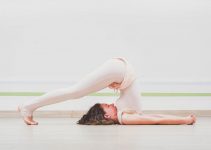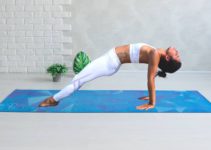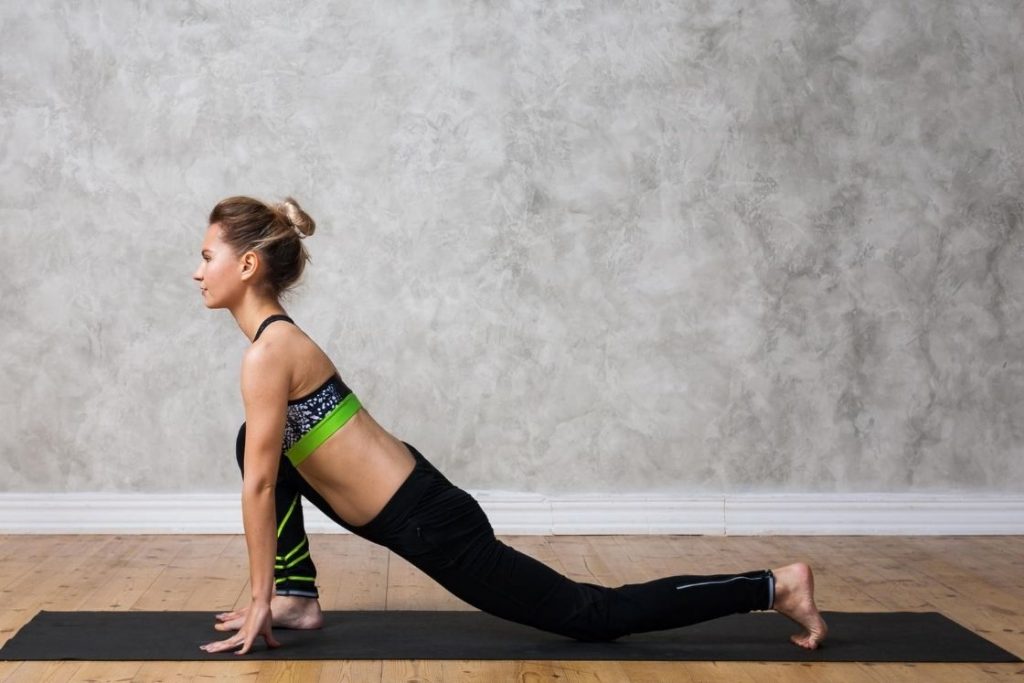
Ashwa Sanchalasana is a low lunge Pose that prepares your body for deep backbends. Due to its vast range of movements to assist the body, it is often considered as the balancing pose.
Physically, ashwa sanchalasana is considered an excellent pose for the spine stretching, hip opening, and psoas flexibility. While the psychological effect includes: enhanced concentration, self-confidence, and build the cognitive skills of the practitioners.
Meaning
The origin of the name of Ashwa Sanchalanasana has a Sanskrit root in which, ‘ashwa‘ means ‘horse’, ‘sanchalana‘ means ‘movement’ or ‘stepping’, and ‘asana‘ means ‘pose’.
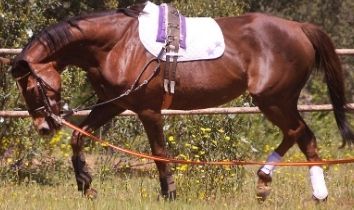
In this asana, the doer’s position looks like a lunging horse stepping one leg ahead of another. It’s the same as lunge training of the horse, so it’s called Ashwa Sanchalanasana. Another derived name of this pose is equestrian pose and riding pose.
The horse is a universal symbol of freedom, strength, and Power. The moving horse position in Ashwa sanchalanasana sets seekers free from their own bindings and empowers them with qualities to lead a strong and cheerful life.
Ashwa Sanchalanasana is mostly practiced in the sequence of 12 asanas of Surya Namaskar or Sun Salutation. It comes at the 4th and 9th step in Surya Namaskar. Also, in Chandra Namaskar series, it’s practiced at 4th step. So, those who practice Surya Namaskar actually perform Ashwa sanchalanasana twice in a cycle.
While performing this asana, chanting of mantra enhances the benefits. So, one can chant ”Om Bhanave Namah” and ”Om Adityaya Namah” mantras of the 4th and 9th sequence of Sun salutation.
Practice Guide of Ashwa Sanchalanasana
Go through the following points to practice Ashwa Sanchalanasana (equestrian pose).
Precautions & Contraindications
- Practitioners with knee conditions should avoid doing this asana.
- Pregnant women should either refrain from it or practice under the guidance of a skilled teacher.
- In the case of spondylitis and cervical condition avoid straightening of the head or keep it down while in the posture.
- Forward lunging may lay stress on supporting foot. Hence, don’t overweight on the front leg.
Ashwa Sanchalanasana Steps
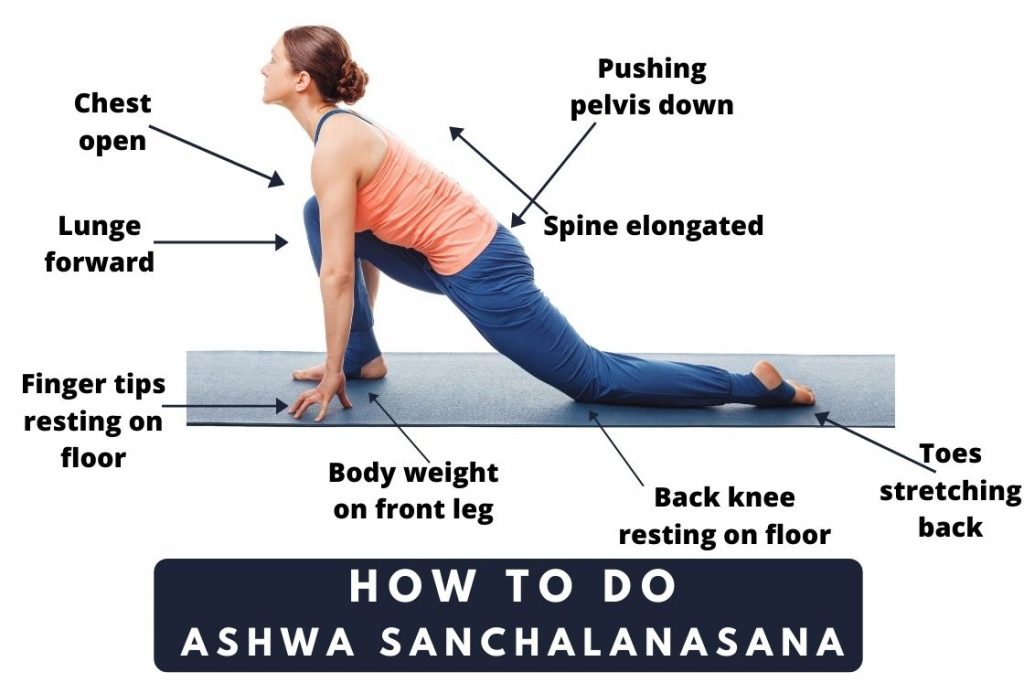
- Come in Vajrasana while keeping a little distance between both your knees and ankles.
- Now raise your feet by tucking toes in. Support your hips on top of the heels, stand up on knees, and arms by the sides.
- Begin with a deep breath in, take a big step forward with the right leg. Place right foot firmly on the ground so the right thigh comes parallel to the ground and perpendicular to the right knee.
- Now smoothly lunge forward with bodyweight shifting onto the right foot. Open your chest, gaze forward, and spine is slightly arched.
- As your trunk rushes forward, stretch your left leg back away from the torso. Bend your left knee, rest it on the floor.
- Now ground your palms or reach the floor with your fingertips but don’t overstrain. Slightly arch your back to reach the floor, if not enough flexible.
- It’s the final position of Ashwa Sanchalanasana. Here, your whole body weight would be on the right foot, both hands, left knees, and toes.
- Hold the pose with breath retention here and then come back to the center position.
- Repeat the procedure with the left leg. Practice up to 10 rounds on each side.
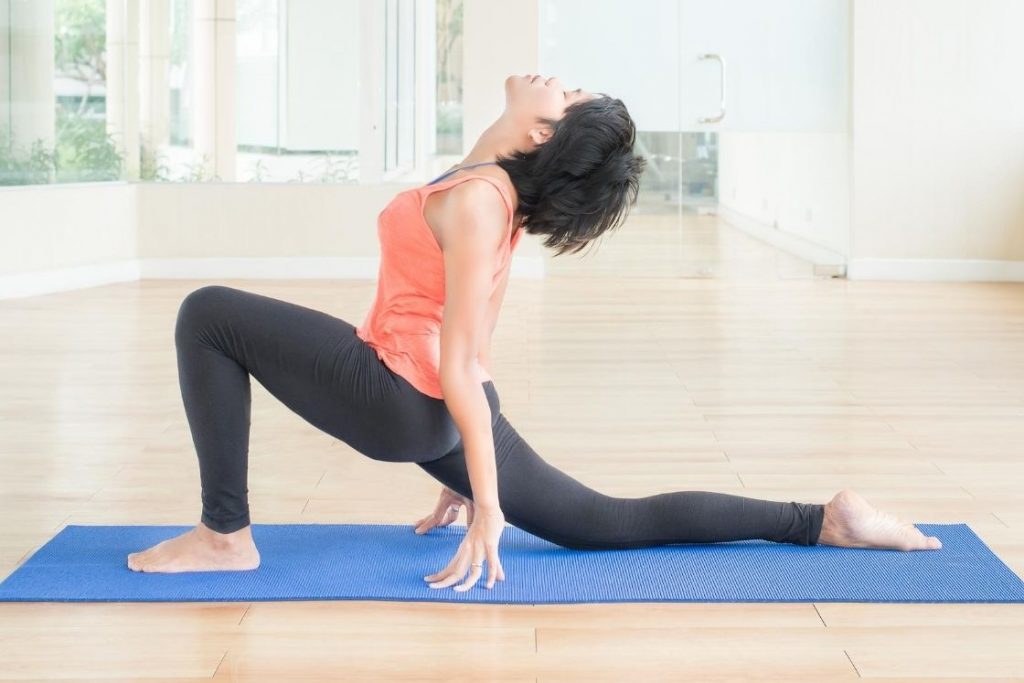
Beginners Tips
In order to improve balance in Ashwa Sanchalanasana, practice it facing the wall. Press your front big toe against the wall while arching back in final position.
Props and Modifications
- Practitioners who find difficulty in reaching the ground by the hand or fingertips, they can place a block under both palms.
- Block can be also used as a support underneath the stretched leg, for its straightening.
- The strap can be used to increase the range of lunge’s movement by assisting in hip opening in this asana. However, practice it under assistance.
Variations
Two variations of Ashwa Sanchalanasana are:
1. Anjaneyasana – Low Lunge Pose
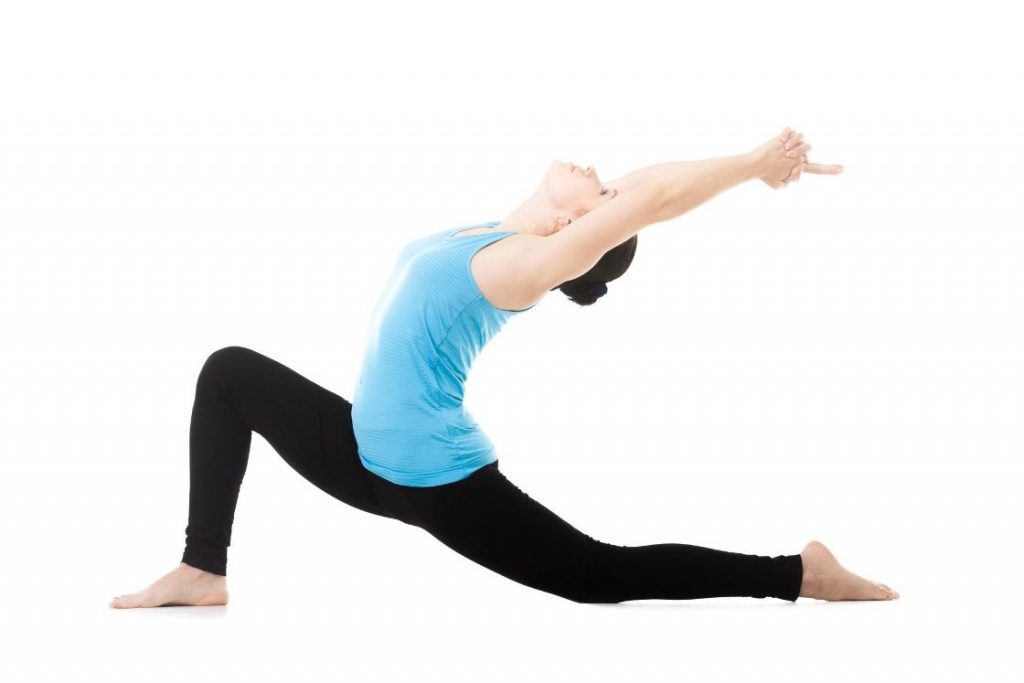
Anjaneyasana is the most practiced and advanced variation of Ashwa Sanchalanasana. In comparison to Ashwa Sanchalanasana, Anjaneyasana is a deeper backbend in which hands are raised up and back to deepen the backbend action.
2. Utthita Ashwa Sanchalanasana – High Lunge Pose
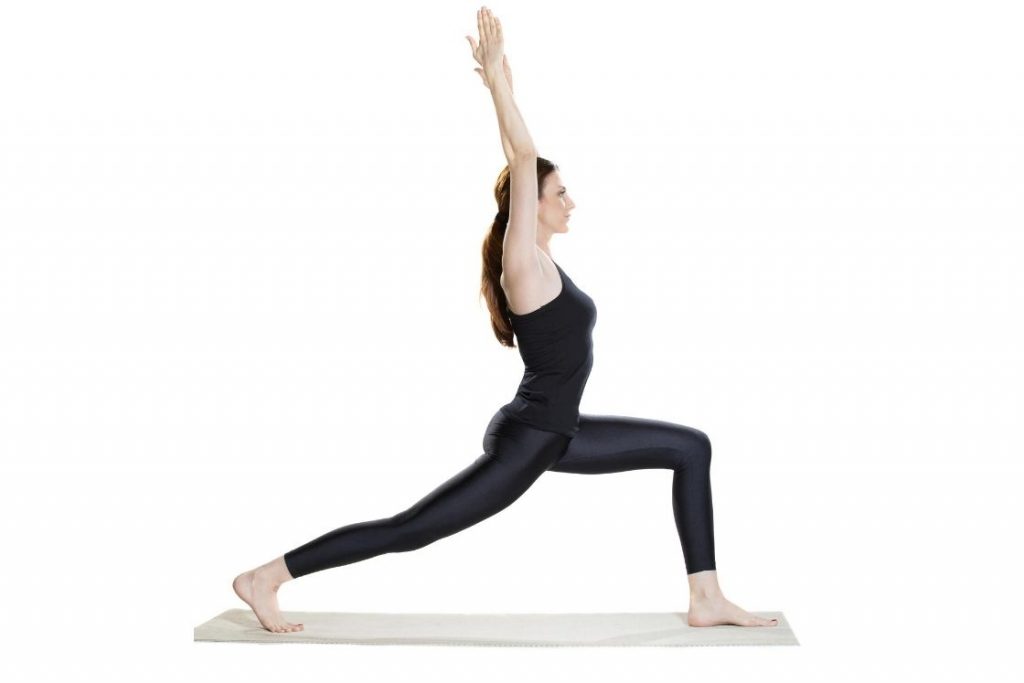
In this variation, Ashwa Sanchalanasana is practiced in standing pose.
- From Vajrasana, jump into Padahastasana. Take your left foot back around 3 to 4 feet.
- Bend front knee at a right angle, thigh parallel to the floor, foot pointing in the forward direction while your ankle under the knee.
- Keep left leg straight by extending it and torso lean forward slightly back arched. Your hand raised straight up to the ceiling side, palms facing each other.
Ashwa Sanchalanasana Benefits
- It stretches the spine and enhances the flexibility of the surrounding muscles. The alternating flexion-extension movements of the spine prevent and manages mechanical low back pain among vulnerable groups of people.
- The practice of Ashwa sanchalanasana in Chandra Namaskara cultivates the moon’s soothing lunar energy. It helps in replenishing our vital energy that creates coordination between mind and body. This gives tranquilized feelings and reduces aggression in the young generation.
- In Ashwa Sanchalanasana, thighs act as a massager over the abdomen. It invigorates and improves the function of the internal organs including digestive, reproductive, excretory, etc.
- It revitalizes the knee, pelvic, ankle joints, and cervical vertebra. However, it also Soothes nerves along with musculoskeletal strengthening.
- Helps in chest opening and assist in respiration, increase blood circulation, and overcome respiratory issues.
- Regular practice of this asana stimulates the Muladhara and Ajna chakra. This injects vitality, vigor, and growth in the practitioner along with enhancement in the awareness.
- Breathing during this asana supplies fresh blood to the muscles involving, this releases tension resulting in relaxing and calming effect. Also, it clears clustered thoughts that positively induce mood and psychological health.

